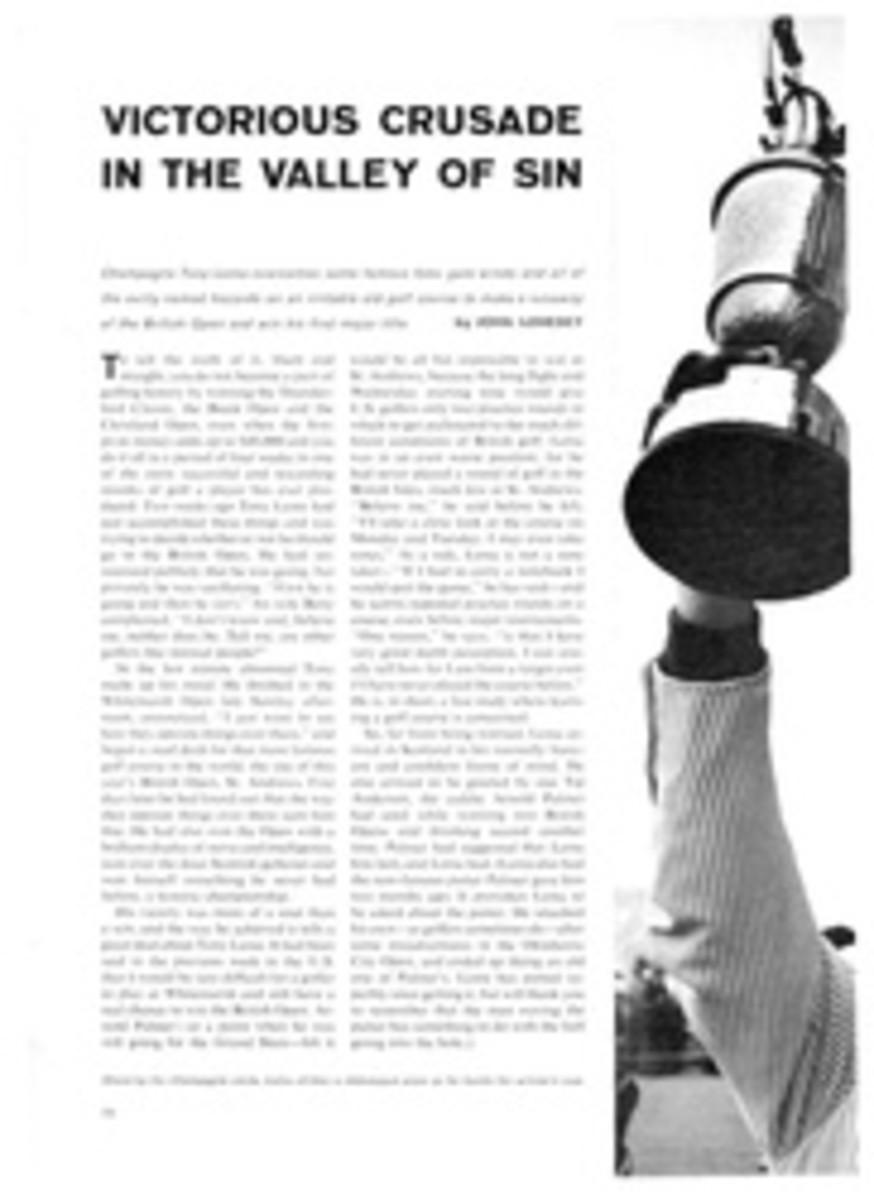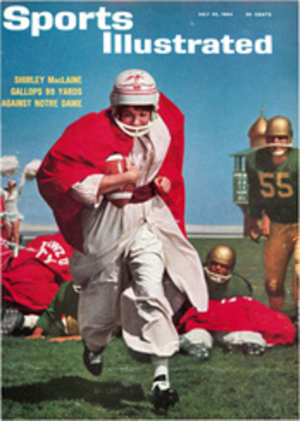
LETTER FROM THE PUBLISHER
The coxswain of the Vesper Boat Club shell that upset Harvard, California and Yale in the Olympic rowing trials (see page 12) caught the attention of spectators and reporters because he was 47 years old, a hoary age for an Olympic athlete, even a relatively passive one like a coxswain. He caught our eye for a rather different reason and one that wasn't passive at all. Robert Zimonyi, the Vesper cox, an American now, was a Hungarian eight years ago at the Melbourne Olympics. He was one of the Hungarian athletes who defected from their Communist-governed homeland and, with the specific help of this magazine, fled to the U.S. and established completely new lives. Zimonyi and Dr. Zoltan Torok, a 57-year-old rowing coach at the time of Melbourne, were the first to seek help in their plans to defect. The bloody and abortive Hungarian revolt against the Communist government and its Russian overlords had taken place shortly before the Games, and the bitterness was deep. In Melbourne, Zimonyi told SI's Andre Laguerre, then chief of our Olympic reporting team and now managing editor, "I saw what the Russians did to Budapest in 1945 and I don't want to see my Budapest lying in ruins again." Secret meetings were arranged at which plans for the defection were made. Of the Hungarian athletes' departure from the Olympic Village, Laguerre wrote: "They trod—by one of those dramatic coincidences which occasionally brighten the drab hues of reality—a road named Liberty Parade."
The road to liberty led them to the U.S.—fencers, gymnasts, swimmers, divers, runners, jumpers, water poloists. Funds were raised to sustain them while they adjusted to the problems of language, loneliness and job finding. Some achieved signal success, like Mihaly Igloi, the track coach who made Hungary a world power in running in the 1950s, has contributed greatly to the progress of such American athletes as Jim Beatty, Jim Grelle and Bob Schul. Joe Gerlach, an Olympic diver in 1956, went to the University of Michigan after he reached the U.S., won national indoor diving titles in 1959 and 1960 and is now a world professional high-diving champion (SI, June 29). Fencers Attila Kerestes and Eugene Hamori of the Melbourne group won places on the U.S. Olympic saber team at trials just last weekend. Others left sport and made their way in other fields. Several became teachers. A few returned to Hungary.
Zimonyi, the coxswain, was 39 at the time of the defection in 1956 and had been cox of Hungarian national championship teams for 22 years. This will be his fourth Olympics, his first as an American. We wish him and the others well, both as representatives of the U.S. and as old friends.
PHOTO
SI'S LAGUERRE (lower left) meets in Melbourne with Robert Zimonyi (second from right) and other Hungarian defectors.

